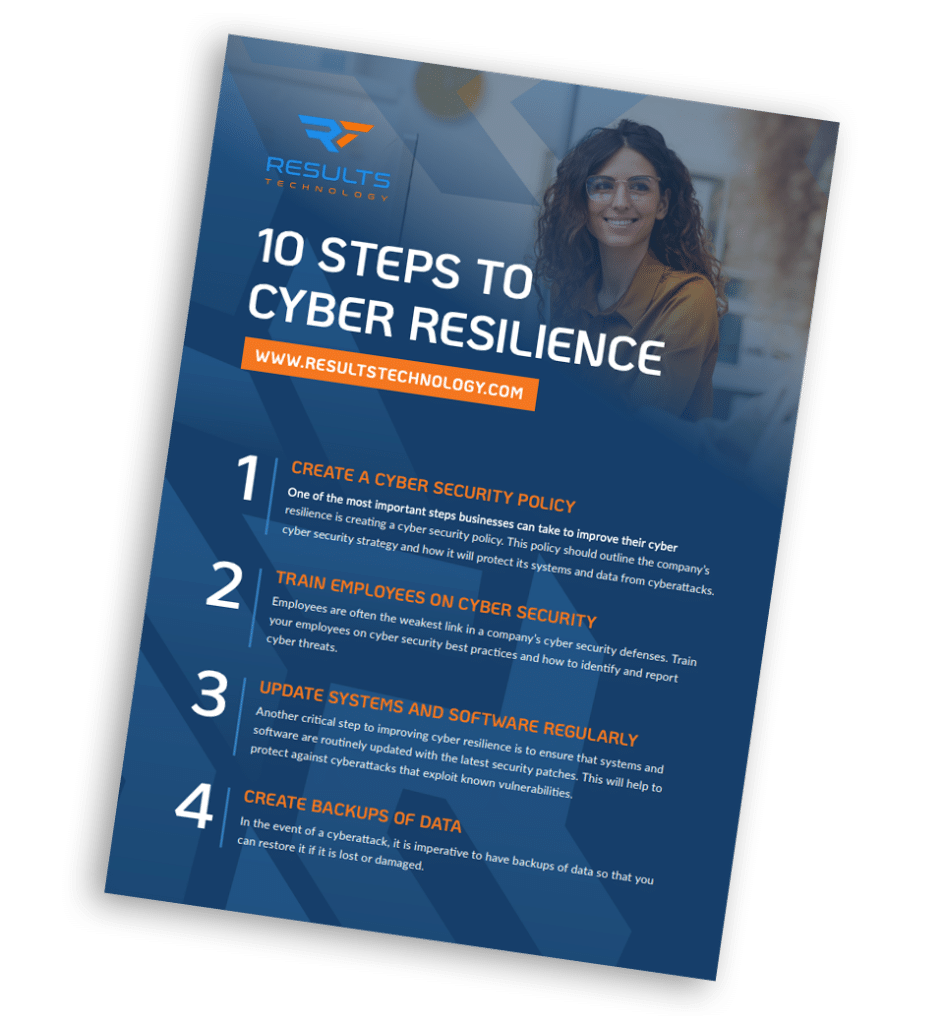Cyberattacks continue to escalate, and 2024 saw some disruptive breaches. Financial institutions faced increasing risks as threat actors targeted sensitive data and systems.
For example, LoanDepot suffered a ransomware attack that halted mortgage payments and cost them nearly $27 million in recovery expenses. Similarly, Dell’s breach potentially exposed the data of 49 million customers.
These incidents highlight critical gaps in cybersecurity strategies, especially in the banking sector. The inability to adapt and strengthen defenses can prove costly—not just financially but also in terms of reputation and customer trust. Here’s what we can learn about bank cybersecurity and how you can improve yours.
Major Cyber Incidents of 2024 and Their Impacts
LoanDepot Ransomware Attack
- What Happened: One of the U.S.’s largest retail mortgage lenders, LoanDepot, was hit with a ransomware attack in January. The attack forced the company to take systems offline, leaving customers unable to process mortgage payments.
- Impact: The breach exposed sensitive financial and personal information, including Social Security numbers, and resulted in recovery costs totaling $26.9 million.
- Lesson for Community Banks: Systems are vulnerable, especially when recovery plans and bank cybersecurity are inadequate. This event underscores the need for ransomware-specific incident responses and robust data encryption.
Dell Data Breach
- What Happened: A massive attack over three weeks in May saw hackers exploit weak points in Dell’s partner account system. They exfiltrated sensitive customer data, though no financial details were compromised.
- Impact: Data encryption failures allowed hackers to obtain sensitive customer information, which later surfaced on hacker forums. Approximately 49 million customers were affected.
- Lesson for Community Banks: Continuous monitoring for unusual activity is crucial. Banks should implement real-time alerts for suspicious patterns and enhance endpoint security on third-party systems.
Change Healthcare Ransomware Attack
- What Happened: In February, the U.S. healthcare payment provider experienced a ransomware attack that delayed prescriptions and other medical services. The hackers infiltrated through stolen credentials and the CEO admitted that multi-factor authentication was not being used.
- Impact: The US Department of Health and Human Services (HHS) reports that “approximately 100 million individual data breach notices have been sent relating to the attack, making it the largest known data breach of US healthcare records.” Healthcare’s parent company, UnitedHealth Group, paid a $22m ransom to get their systems back online.
- Lesson for Community Banks: Bank cybersecurity strategies must also encompass third-party risks, which can be just as damaging as internal breaches. Banks should conduct rigorous due diligence of their vendors to prevent such attacks.
The Consequences of Failing to Adapt
- Financial Losses
The global cost of cybercrime was expected to reach a staggering $9.5 trillion USD in 2024. Banks are heavily exposed due to the sensitive nature of their data. Failure to adapt can result in hefty recovery costs, lawsuits, and fines. - Regulatory Backlash
Delays in notifying customers, like in Bank of America’s case (90 days post-incident), violate compliance mandates and tarnish a bank’s integrity. - Erosion of Customer Trust
Customers entrust banks with their most sensitive information. Breaches not only threaten financial data but also customer confidence. A breach impacts a bank’s reputation, leading to customer attrition.
Actionable Insights for Better Bank Cybersecurity
1. Implement Zero Trust Architecture
Banks should consider adopting a “trust no one” approach where verification is required at every access point. Enforcing multi-factor authentication (MFA) and least privilege are non-negotiables in bank cybersecurity.
2. Prioritize Incident Response Plans
Having a clear plan can reduce downtime and mitigate damages during breaches or ransomware attacks. Testing these plans through simulated scenarios ensures readiness.
3. Invest in Threat Intelligence
Banks should leverage tools like INVICTA Cybersecurity to identify vulnerabilities before attackers exploit them.
4. Secure Third Parties and Vendors
Vendor networks can be the weakest link, as evidenced by incidents involving Dell and Bank of America. Banks need stricter auditing, endpoint security, and vendor training to address these gaps.
Partner with RESULTS Technology to Protect Your Community Bank
Community banks are at the heart of our neighborhoods, but their unique role also makes them a prime target for cyberattacks. RESULTS Technology specializes in providing tailored bank cybersecurity solutions designed for you.
From implementing Zero Trust Architecture to conducting comprehensive risk assessments, we ensure your institution stays a step ahead of evolving threats.
Don’t wait for a breach to happen—act now! Contact RESULTS Technology today to discover how we can strengthen your bank’s defenses, protect your customers’ sensitive data, and safeguard your reputation.


